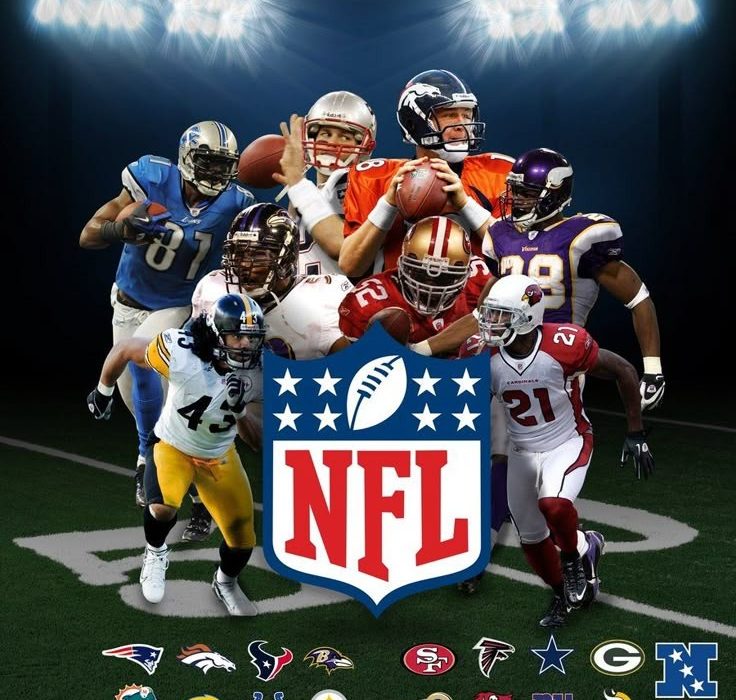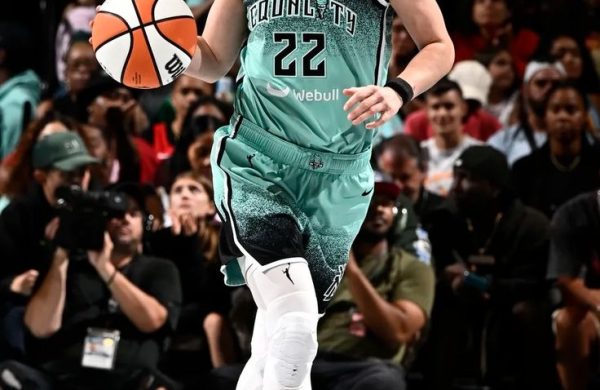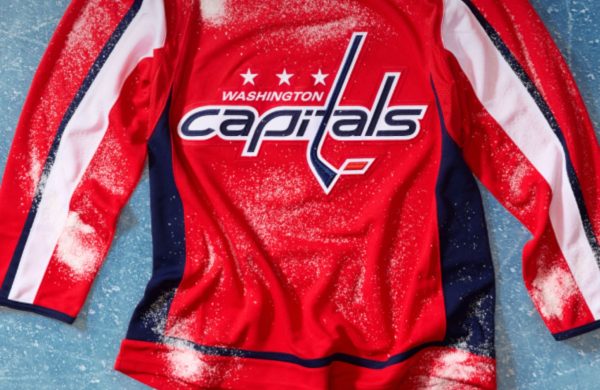Retro-style jerseys featuring classic team colors and vintage logos have become a passionate pursuit for sports fans, collectors, and fashion enthusiasts alike. These jerseys evoke nostalgia, celebrate history, and serve as timeless symbols of loyalty and identity. Whether worn on game day or displayed as memorabilia, they bridge the past with the present, enriching the culture of sports apparel.
In this comprehensive article, we will explore the enduring appeal of retro-style jerseys, examine their historical significance, delve into design elements that make them standout, analyze their cultural impact, and look at how modern manufacturers are revitalizing these iconic pieces to appeal to contemporary audiences.
The History and Evolution of Retro-Style Jerseys
Understanding the roots of retro-style jerseys involves exploring the evolution of sports apparel from its inception to today’s homage-rich designs. This journey reflects the changing aesthetics, technological advancements, and cultural shifts in sports fandom.
Before diving into specific examples, it’s important to recognize how jerseys originally served functional purposes—identifying players, providing comfort, and enhancing team cohesion. Over time, these uniforms morphed into symbols of pride, often becoming recognizable icons associated with legendary teams and moments.
The resurgence of vintage-inspired jerseys began in earnest during the late 20th century, driven by nostalgic fans and collectors seeking to preserve the golden days of sports history. As the sports merchandise industry expanded, brands recognized the lucrative appeal of reviving classic looks, blending old-school charm with modern manufacturing techniques.
The Origins of Team Colors and Logos
Initially, team colors and logos were dictated by local culture, regional symbolism, or owner preferences. For instance, the Chicago Bulls’ bold red and black palette became synonymous with Michael Jordan’s era of dominance, while the Los Angeles Lakers’ purple and gold reflected regal grandeur.
Vintage logos often featured detailed embroidery, hand-drawn elements, or simplified symbols that conveyed strength, agility, or community ties. Over decades, these designs evolved or were replaced due to branding updates, but the original elements remained deeply embedded in fans’ memories.
The Rise of Collectors and Nostalgia
By the 1980s and 1990s, sports memorabilia collectors sought authentic vintage jerseys, fueling a secondary market that valued originality and condition. These collectibles became prized possessions, inspiring contemporary brands to create retro-inspired replicas with high-quality materials.
This movement was further bolstered by media coverage of historic games, documentaries, and social media sharing, which reignited public interest in bygone eras. Fans wanted to wear what their heroes wore, relive pivotal moments, and connect with the heritage of their favorite teams.
Modern Revivals and Trends
Today, the trend of retro-style jerseys is a blend of authenticity and fashion innovation. Manufacturers utilize advanced textile technology to produce jerseys that look vintage yet provide superior comfort and durability. Limited editions and throwback campaigns cater to demand for exclusivity, making these jerseys highly coveted collectibles.
Designers also experiment with incorporating vintage logos and color schemes into contemporary aesthetics, appealing to both purists and trendsetters. Collaborations between sports teams, fashion brands, and artists have further elevated retro jerseys to a cultural phenomenon.
Design Elements That Define Vintage Jerseys
Creating an authentic retro-style jersey involves more than just selecting old logos and colors. It requires meticulous attention to design details that capture the essence of a particular era while ensuring modern standards of quality.
In this section, we explore core elements such as color palettes, logo reproduction, fabric choices, and stylistic accents that contribute to an authentic vintage look.
Iconic Color Schemes and Their Significance
Colors are the most visually striking aspect of any jersey. Classic team colors often remain unchanged through generations because they symbolize identity and tradition. When designing retro jerseys, maintaining the integrity of these palettes is essential.
For example, the Boston Celtics’ green and white evoke Celtic heritage, while the green shade itself carries cultural symbolism. Similarly, the Detroit Pistons’ red, white, and blue reflect American patriotism. Accurately reproducing these hues, including subtle shades and finishes, enhances authenticity.
Modern techniques allow for precise color matching, even replicating faded or distressed effects to mimic age and wear. Some designers intentionally incorporate slightly muted tones or distressed graphics to give jerseys an aged, vintage appearance.
Reproduction of Logos and Lettering
Logos serve as the visual cornerstone of retro jerseys. Their design intricacies—such as font style, shape, and detailing—must be accurately replicated. Vintage logos often feature bold lines, intricate embroidery, or hand-drawn elements that tell stories about the team’s identity.
Reproducing vintage logos can involve screen printing, applique patches, or embroidery techniques that mimic the original craftsmanship. For example, classic baseball jerseys might feature satin stitching around lettering, while basketball jerseys may showcase chenille numbers.
Typography also plays a vital role. Font styles used during different eras reflect design trends—blocky and angular fonts of the ’80s or script fonts of earlier decades. Authenticity demands careful attention to these stylistic nuances.
Fabric Choices and Wearable Technologies
While vintage jerseys aim to emulate older styles, modern fabrics ensure comfort, breathability, and longevity. Classic jerseys often used wool or heavy cotton, which added weight and warmth but hindered movement.
Contemporary manufacturers blend polyester, mesh, and moisture-wicking materials to improve performance without sacrificing vintage aesthetics. Some companies even offer distressed or aged fabric finishes, giving new jerseys an antiqued appearance.
Additionally, technological innovations enable heat-sealed seams, lightweight padding, and anti-microbial treatments, making retro-style jerseys practical for current-day use.
Decorative Accents and Styling Details
Authentic vintage jerseys often include unique decorative elements such as pinstripes, piping, collar styles, or sleeve trims that are characteristic of specific periods or teams. Recreating these details helps deepen the nostalgic feel.
Some jerseys feature washed effects, frayed edges, or faded prints to simulate years of wear. Others incorporate original tags, labels, or taglines like “game-worn” to enhance collectible value.
In fashion-forward applications, designers creatively reinterpret these elements, combining traditional motifs with contemporary cuts and embellishments to appeal to a broader audience.
| Element | Vintage Inspiration | Modern Adaptation |
|---|---|---|
| Color Palette | Faded, muted shades | Accurate reproduction with enhanced durability |
| Logo Detail | Hand-drawn, embroidered | High-resolution digital printing, applique patches |
| Fabric | Wool, heavy cotton | Polyester blends, moisture-wicking, lightweight |
| Decorative Accents | Piping, pinstripes | Frayed edges, washed effects, distressed finishes |
Cultural Impact and Fan Engagement
Retro-style jerseys featuring classic team colors and vintage logos have transcended mere apparel to become cultural symbols that foster community, nostalgia, and identity among fans.
The act of wearing a vintage jersey allows supporters to express their allegiance in a deeply personal way. It symbolizes respect for history and connection to legendary players and moments that define the franchise.
Building a Sense of Legacy and Tradition
Many fans view vintage jerseys as a way to honor the team’s legacy. Wearing a throwback design creates a tangible link to the club’s storied past, reinforcing a sense of continuity across generations.
Teams often leverage this cultural sentiment through promotional events, social media campaigns, and limited-edition releases that celebrate milestones or anniversaries. These initiatives deepen engagement and bolster brand loyalty.
The Resurgence of Vintage Fashion in Sports Culture
Beyond the stadium, vintage jerseys have gained popularity within streetwear, music festivals, and everyday fashion scenes. Their distinctive aesthetic, often characterized by bold colors and nostalgic logos, resonates with a diverse audience seeking authentic and meaningful style statements.
Collaborations between sports franchises and fashion designers have blurred the lines between athletic wear and high fashion, elevating retro jerseys into trendy wardrobe staples.
Collecting and Trading as Cultural Phenomena
The collectible aspect of vintage jerseys has created a vibrant secondary market. Rare jerseys, such as game-worn pieces or limited edition releases, command premium prices and are highly sought after by enthusiasts.
Auctions, online marketplaces, and dedicated collector communities help sustain interest and appreciation for these garments. They serve not only as memorabilia but also as artifacts that narrate sports history.
The Role of Social Media and Digital Platforms
Platforms like Instagram, TikTok, and Twitter have amplified the reach of vintage jersey culture. Fans share styling tips, unboxing videos, and historical insights, fostering a global community centered around shared love for classic designs.
Digital storytelling through these channels educates new generations about the significance of team colors and logos, ensuring the legacy endures.
How Modern Brands Are Reinventing Retro Jerseys
Innovative sportswear brands and collaborations are continuously pushing the boundaries of retro jersey design, connecting past aesthetics with future trends. Their strategies include authentic reproductions, limited editions, and creative reinterpretations.
Authentic Reproductions for Purists
Brands like Mitchell & Ness, Nike, and Adidas focus on faithfully recreating vintage jerseys using authentic materials, embroidery techniques, and design details. Their products appeal to purists and serious collectors who value historical accuracy.
These companies often source original patterns or consult with teams and archives to ensure fidelity. They also release limited runs to maintain exclusivity.
Trend-Driven Reinterpretations
For a broader consumer appeal, some brands introduce modern twists—altering cuts, adding unique color variations, or blending vintage logos with contemporary graphics. These reinterpretations make vintage style accessible to everyday fashion consumers.
Limited collaborations with high-profile designers or celebrities further elevate their desirability and cultural relevance.
Sustainable and Ethical Manufacturing
Acknowledging environmental concerns, many manufacturers now adopt sustainable practices in producing retro jerseys. Using recycled fabrics, eco-friendly dyes, and responsible manufacturing processes aligns with modern values while preserving aesthetic authenticity.
Customization and Personalization
Advancements in printing and embroidery technology enable fans to personalize retro jerseys with their names, favorite player numbers, or unique symbols. This customization fosters deeper emotional connections and transforms jerseys into personal statements.
Conclusion
Retro-style jerseys featuring classic team colors and vintage logos are much more than mere clothing; they are powerful symbols of history, culture, and personal identity. Their enduring appeal lies in their ability to evoke nostalgia while seamlessly blending with modern fashion trends. Through meticulous design elements, innovative manufacturing, and cultural storytelling, these jerseys continue to resonate with fans and collectors worldwide. Whether worn on game day, displayed as memorabilia, or styled casually in everyday life, they embody a timeless connection to the rich heritage of sports.
Final Thoughts
Exploring the world of retro-style jerseys reveals a fascinating intersection of history, artistry, and cultural expression. They serve as wearable history lessons, connecting generations through shared symbols and stories. As brands innovate and fans passionately embrace these designs, the legacy of classic team colors and vintage logos remains vibrant, ensuring that the spirit of sports history continues to inspire and unite us all.





